
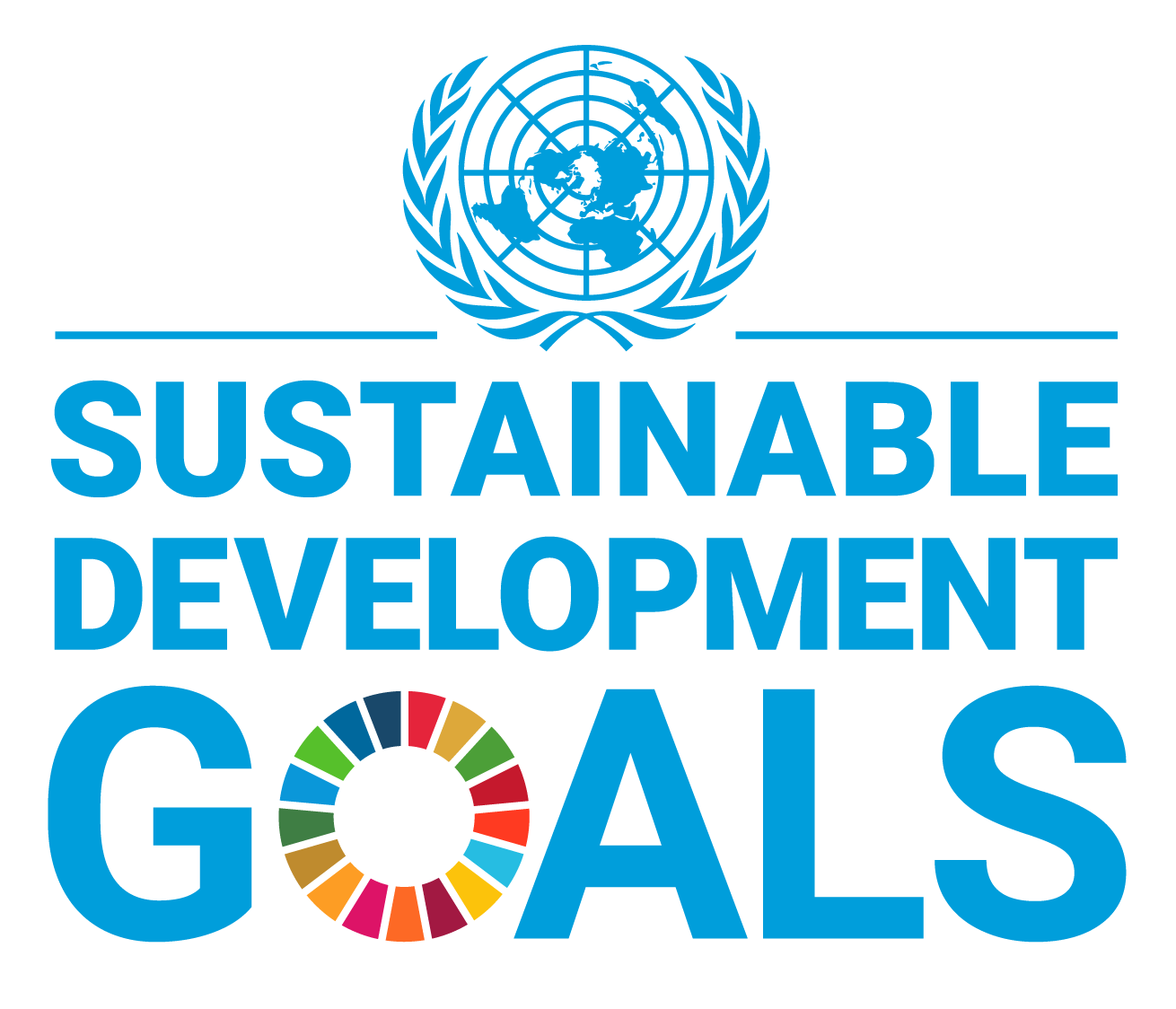
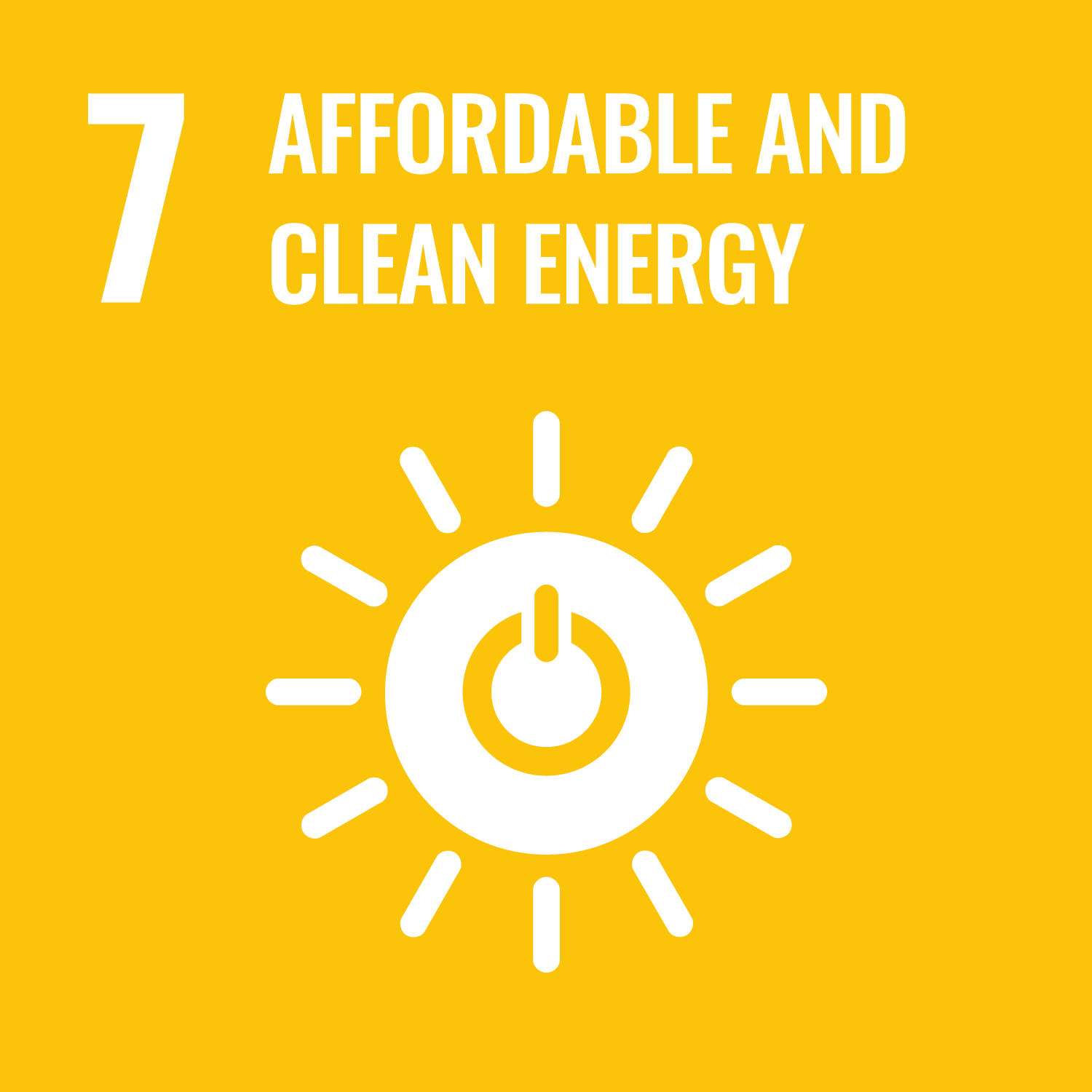
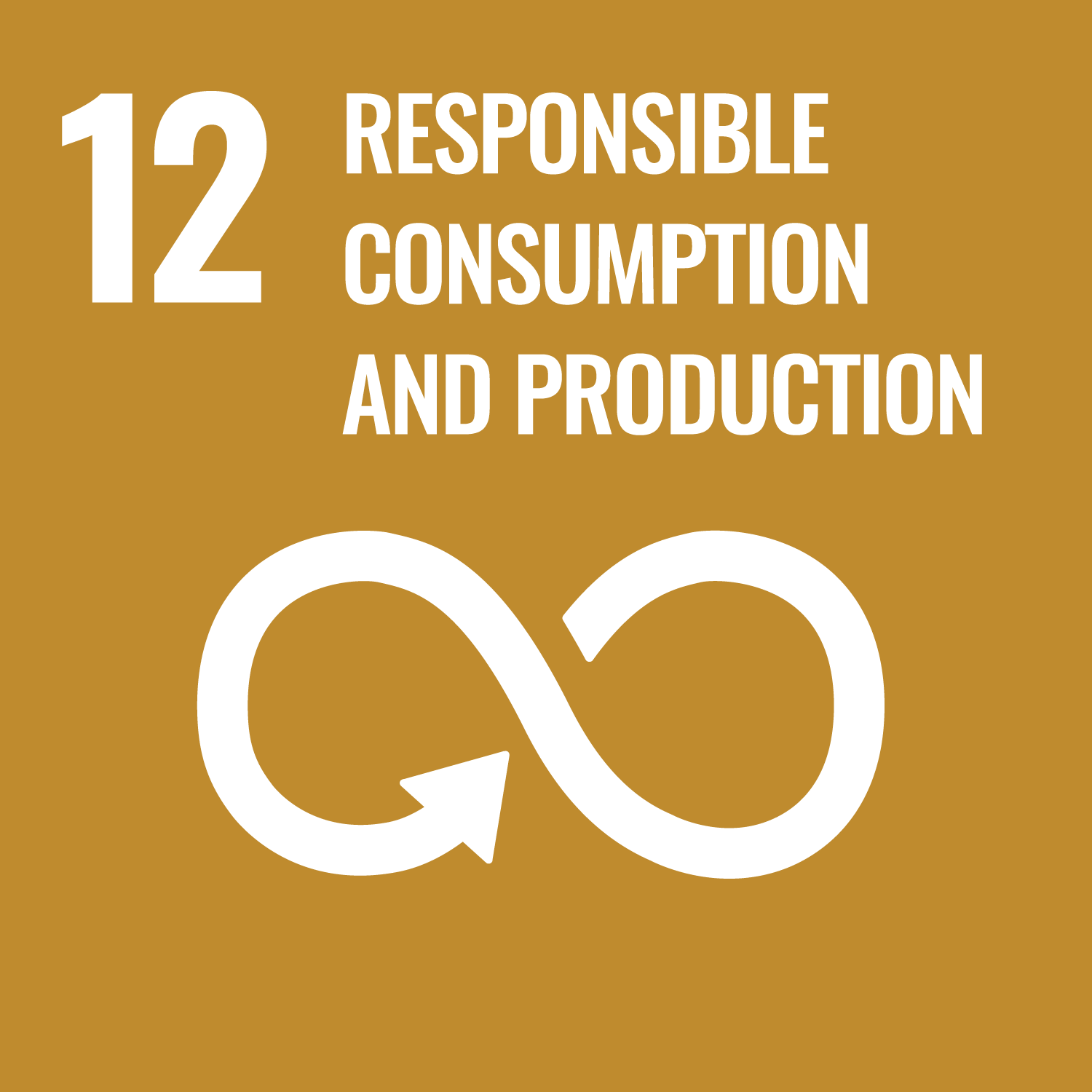
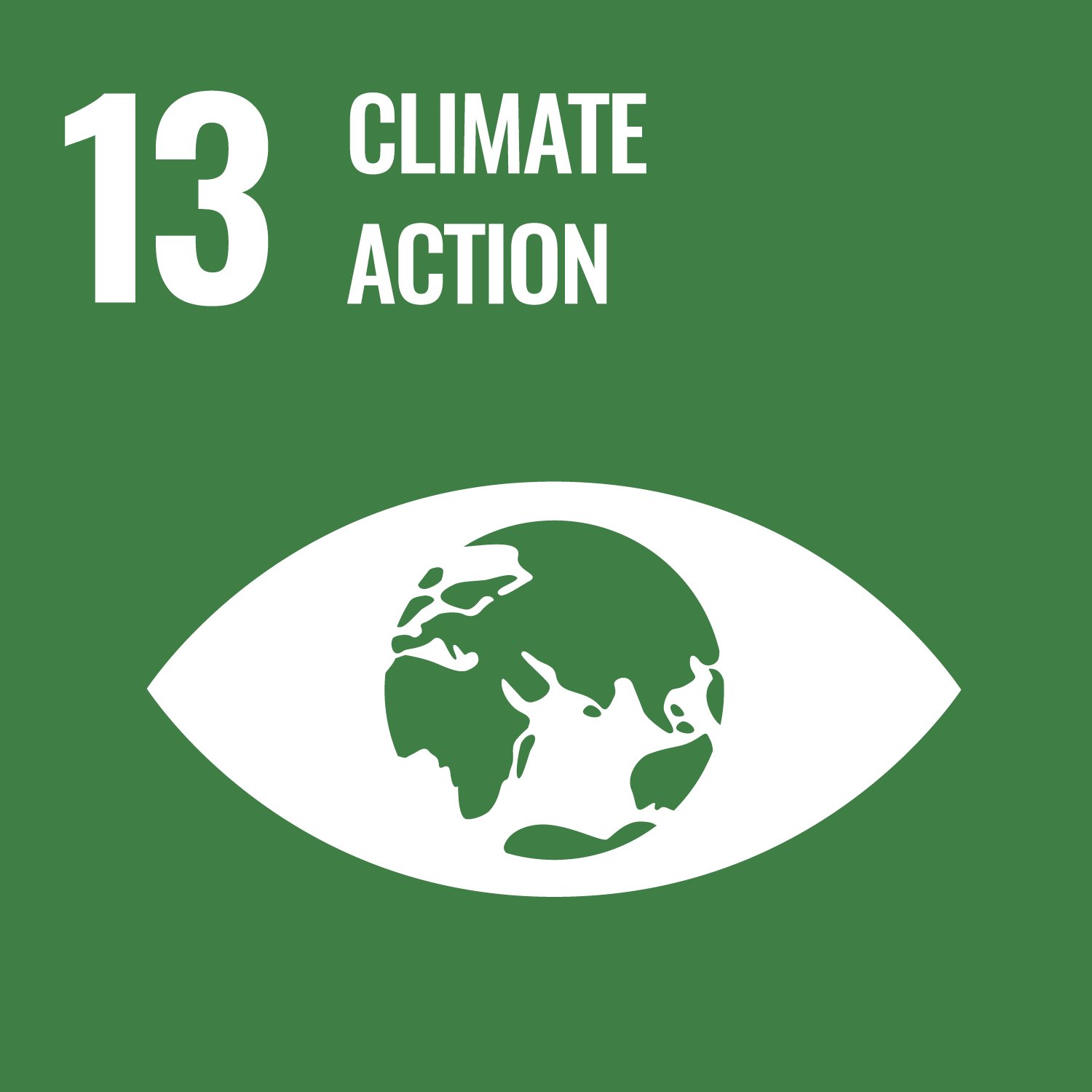
Management approach - our why
As a production company, EVVA consumes more electricity than similarly large companies in other industries. New machines make manufacturing more efficient and replace many old oil-based installations, but increasing digitalisation and connectivity require more energy. Our ongoing switch from gas to electricity will also reduce greenhouse gas emissions on the one hand, but also increase electricity demand on the other. EVVA tries to counteract this with energy-saving measures and its own clean energy sources.
Our analysis also showed the possibility that energy-saving measures can provide a quick return on investment in addition to the environmental benefit, i.e. that the investment costs are often recovered after a short period of time. One example is the switch to new compressors with waste heat utilisation at the EVVA headquarters: Your high investment will pay for itself in just 2 to 3 years due to the lower energy costs. This shows that measures with an excellent cost/benefit ratio for people and the environment are possible.
Our goals and actions to save and use energy more efficiently (ESRS E1-3 and E1-4)
EVVA has implemented or planned the following objectives and measures. They initially refer to the EVVA headquarters with the main production site. Targets for further EVVA locations are planned. You can find out more about our own renewable energy sources under Photovoltaics.
Notes on the table:
-
The methodology and validation of objectives includes: Own energy management system with newly programmed database, own measurements and information from external service providers (compressor manufacturers)
-
The targets are evaluated by the EVVA “Global Industrial Engineering” or “Mechatronics Production” units
| EVVA goals | Planned kWh reduction | Starting Year | Target Year | Progress |
|---|---|---|---|---|
| Comprehensive energy consumption analysis for entire production | -- (qualitative target) | 2024 | 2025 | 50% |
| Reduce total energy demand by up to 10%, e.g. through heat return from the new compressors | 550,000 kWh | 2024 | 2025 | 20% |
| Purchase of two more energy-efficient compressors incl. Smart Optimizer | 371,000 kWh (371 MWh) | 2024 | 2025 | 100%, Goal already reached |
| Eliminate leaks in the compressed air system | 160,000 kWh | 2020 (start of first small projects) | 2026 | 20% |
The implementations in detail:
- Energy management with precise consumption analyses
EVVA is establishing a new digital energy management system in 2024/2025 to call up electricity and gas consumption more clearly and faster. It puts the efficiency and effectiveness of our energy saving measures on an even more professional footing. The technical installations will be successively connected to consumption meters to measure individual energy requirements. The analysis covers all production areas and will be completed in 2025. Around 80 sensors have already been installed for this.
Positive effects:
If you know exactly what and how much energy is required, you can derive precise measures. On the one hand, the required demand should continue to be available in a fail-safe manner, and on the other hand, potential for electricity and cost savings should be identified and exploited at the push of a button. This energy monitoring has considerable positive effects on climate protection and economic efficiency.
Start with the canteen: EVVA Vienna launched a pilot project in 2023 together with the agency “Watt Analytics” to identify undetected power consuming devices. It becomes clear that even small changes to ventilation, lighting and standby operation after work are expected to save a total of around 4,000 euros or 15,000 kWh per year - only for the canteen - as much as approx. 4 private households consume electricity annually (assuming 3,500 kWh consumption per household)
- Reduce total energy requirements by approx. 10%
Sales growth and energy savings do not have to be mutually exclusive. EVVA plans to reduce its total energy consumption (electricity and gas) at the headquarters by up to 10% in 2025. The aim is to achieve this with the measures described here in the report, such as heat recovery from the new compressors.
Positive effects:
The planned saving of 550,000 kWh represents 8-10% of the total energy consumption. At the beginning of 2025, 15-20% of the target will have already been achieved
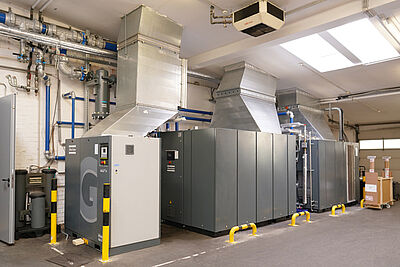 Purchase of 2 additional more energy-efficient air compressors
Purchase of 2 additional more energy-efficient air compressors
Currently, 4 compressors (photo) are in use at the headquarters for the production of security cylinders, keys, etc. Old devices have already been replaced with more modern ones in recent years. Two additional compressors followed in 2024. They are equipped with a smart controller (Smart Optimizer) that controls the compressors according to demand and thus more energy efficiently. The optimizer prevents idle times (no more standby energy losses) and thus energy waste.
Positive effects:
This results in operational savings of 371,000 kWh per year, most of which is achieved through the Smart Optimizer. Compressor investments in the 6-digit euro area pay for themselves after just 2 to 3 years thanks to the energy costs saved. The Smart Optimizer itself pays for itself in just a few weeks. Another major advantage: EVVA can use the waste heat from the compressors to gradually replace the gas previously required for heating (more on this under CO2 neutrality)
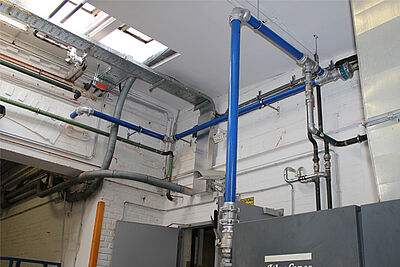 Eliminate leaks in the compressed air system
Eliminate leaks in the compressed air system
Compressed air generation is one of EVVA’s largest power consumers. EVVA currently requires around a third of its total electricity requirements for compressed air generation. Compressed air (blue lines in the photo) is therefore an important starting point in the company in order to save more energy in the future, e.g. through the new, more energy-efficient compressors already mentioned and also by eliminating leaks. Leaks occur mainly in the supply lines to the machines and operating materials (directly at the valves) and cause unnecessary energy consumption. They are identified using measuring instruments and should be gradually eliminated.
Positive effects:
EVVA wants to save 160,000 kWh at the headquarters - which corresponds to the electricity consumption of around 45 private households (assumption: 3,500 kWh consumption per household)
- Digital building control system
A modern building control system (BMS) helps to use energy efficiently because it can control heating, cooling and fire alarm systems digitally and centrally. The prerequisite for this is to record and know the exact power consumption of each production area. In the new extension, the GTB 2022 was fully installed, but it is much more difficult to implement in the older parts of the building (in which EVVA has been producing since 1955). Once energy management is firmly established with the comprehensive electricity analyses, EVVA will also be thinking of BMS measures as in the new extension, such as automatic heating/cooling control according to the outside temperature (which can replace air conditioning systems) or the intelligent use of machine waste heat within the production hall in winter
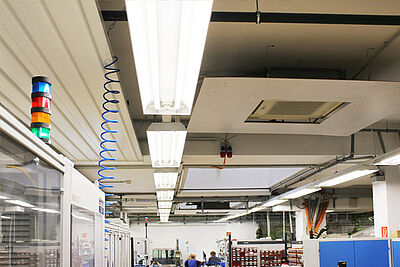 Lighting changeover to LED
Lighting changeover to LED
In recent years, EVVA’s headquarters have been able to reduce electricity consumption by around 130,000 kWh per year by converting to LED lighting (pictured on the right). The LED conversion at the Krefeld (savings of approx. 60,000 kWh) and Tišnov (savings of approx. 20,000 kWh) sites has also already been successfully completed
- Virtual servers and free cooling
EVVA already uses virtual servers for many hardware systems, resulting in lower energy consumption. There are currently 350 virtual servers in use at the headquarters, which are operated on 8 physical servers. EVVA also relies on virtualisation technology at its other locations. As a result, each EVVA service can be handled via its own server, which greatly reduces dependencies (e.g. during reboots). Saving energy by: EVVA only needs around 70,000 kWh per year for the 8 servers - in contrast to the many dozens of servers in previous years with a total of around 450,000 kWh per year.
The server rooms at the headquarters have been cooled for many years using natural cooling. This means that when the outside temperature is approx. 10 degrees below the desired inside temperature, cooling is no longer carried out via compressors, but via the outside air
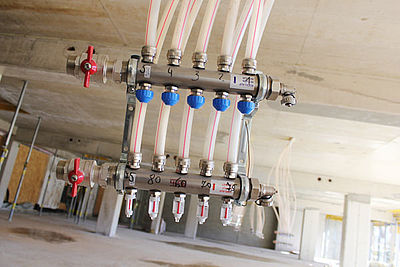 Concrete core activation
Concrete core activation
The extension at the headquarters received a concrete core activation (also called component activation) for optimal heating and cooling. Hoses in which water can circulate as a heating or cooling medium are cast directly into the ceilings (see photo). The flow-through ceilings are thermally activated as transfer and storage mass. They absorb or dissipate heat over their entire surfaces – and thus ensure a uniform temperature throughout the year. Due to the large transfer surfaces, water does not have to be heated as much as, for example, with conventional central heating with radiators. The concrete core activation is integrated into the central building control system (BMS) of the extension and works with air source heat pumps
- Renovation of several roof structures including thermal
insulation, see CO2 neutrality
- For extension and disassembly of
EVVA’s own photovoltaics, see Photovoltaics
Bis wann: erweitert von 2022 bis 2027
Wie und positive Auswirkungen: siehe zweiter Aufzählungspunkt oben

 AT
AT
 DE
DE
 DE
DE
 UK
UK
 INT
INT
How would you like to share?